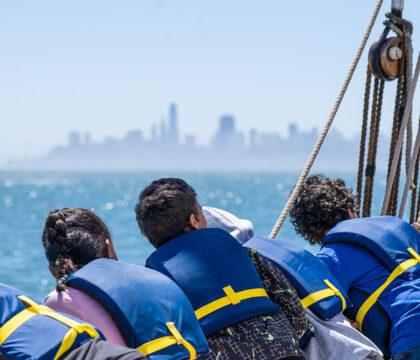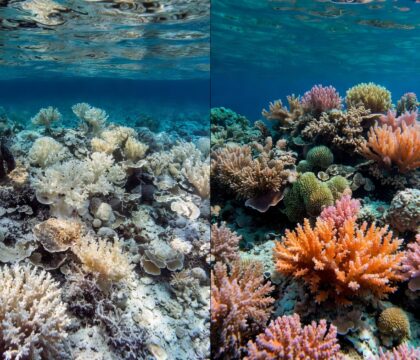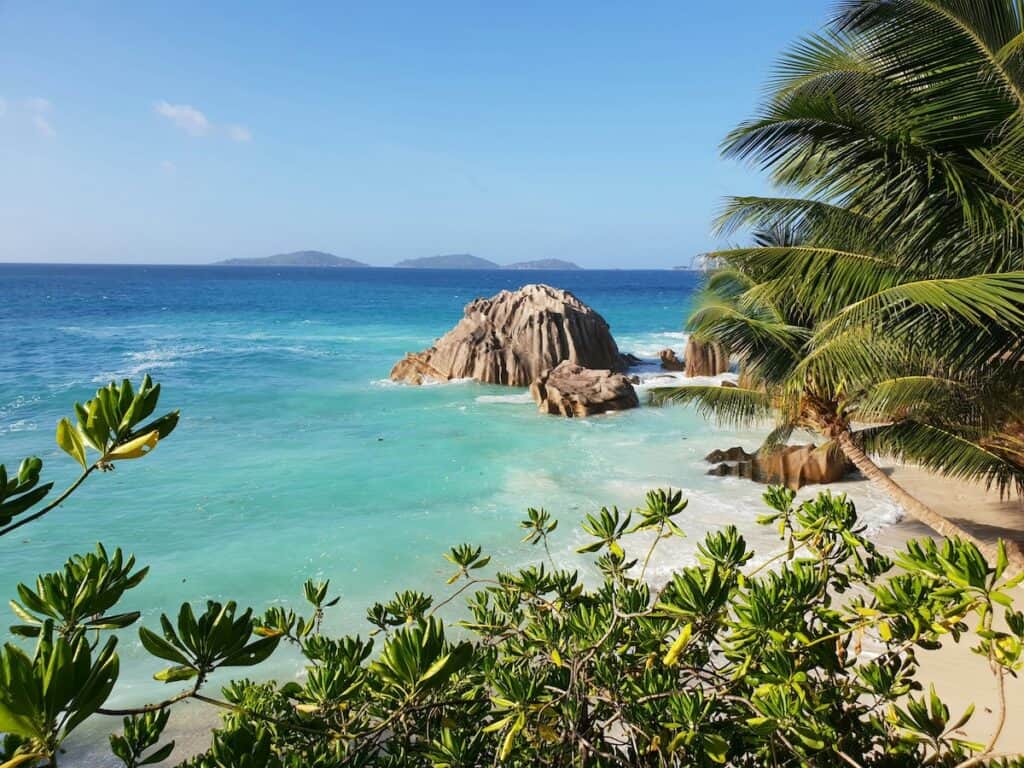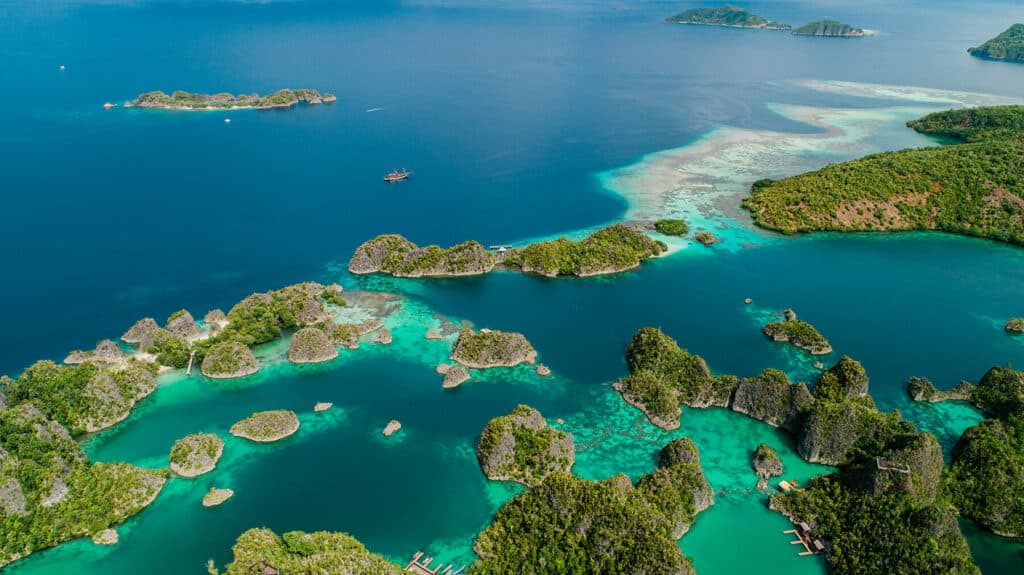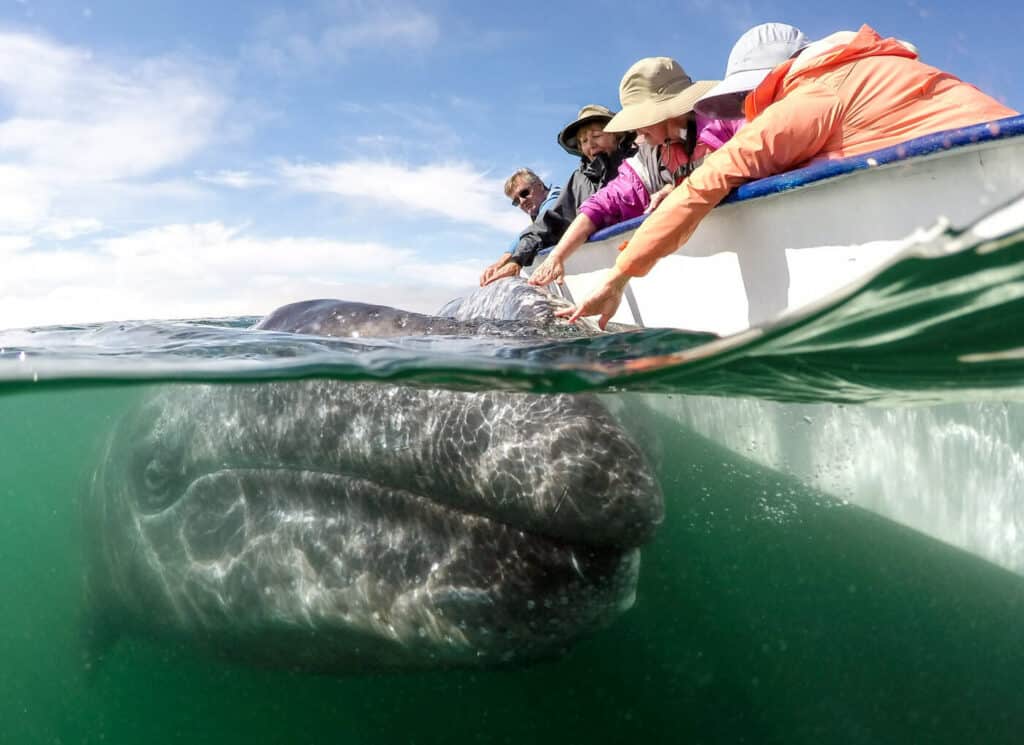June 24, 2014 • News Announcements, Ocean Facts
Few groups of animals are as dazzling and diverse as the cephalopods, a group of around 800 living marine species that includes squid, octopuses, cuttlefish, and nautiluses. In honor of Cephalopod Week, we put together a list of six of the most amazing, unusual, and little-known cephalopod species. Enjoy!
Want to see and learn about cephalopods in the wild? Join one of our upcoming snorkeling expeditions.
1. Striped Pyjama Squid, Sepioloidea lineolata
The stunning Striped Pyjama Squid (also known by the even cuter name, Striped Dumpling Squid) is actually a type of cuttlefish that is found in the southern Indo-Pacific waters of Australia. They are small, at less than 2.75 inches (7 cm) long, and are found in shallow coastal waters where they often hide in the sand.
2. Pfeffer’s Flamboyant Cuttlefish, Metasepia pfefferi
The bright colors of the appropriately named Pfeffer’s Flamboyant Cuttlefish hint at the fact that it is one of three cuttlefish species known to have poisonous flesh. These stunning masters of color and camouflage, which are found throughout the Indo-Pacific, also exhibit a unique behavior of “walking” along the seafloor, as seen in this video.
3. Mimic Octopus, Thaumoctopus mimicus
Like most octopuses, the Mimic Octopus is adept at camouflage. But the Mimic Octopus goes beyond simply blending in by actively changing its shape and color to resemble other species ranging from crabs to flatfish, sea snakes, lionfish, and jellyfish. It uses these remarkable abilities to both evade predators and ambush prey. This video shows some of the many amazing ways the mimic octopus can change its form.Like most octopuses, the Mimic Octopus is adept at camouflage. But the Mimic Octopus goes beyond simply blending in by actively changing its shape and color to resemble other species ranging from crabs to flatfish, sea snakes, lionfish, and jellyfish. It uses these remarkable abilities to both evade predators and ambush prey. This video shows some of the many amazing ways the mimic octopus can change its form.
4. Piglet Squid, Heliocranchia sp.
Yes, the Piglet Squid is a real, living (and insanely cute) species of cephalopod. The squid pictured above (an unidentified species of the genus Heliocranchia) was found in the Gulf of Guinea off the coast of Nigeria at a depth of 1015 meters where it survives amid intense pressure and nearly total darkness. Relatively little is known about Heliocranchia species due to their occurrence in deep, oceanic habitats.
5. The Vampire Squid, Vampyroteuthis infernalis
Only a video can do justice to the magnificence that is the Vampire Squid, a deep-sea cephalopod that is nearly unchanged in more than 300 million years. The unique Vampyroteuthis infernalis, whose scientific name literally means “vampire squid from hell,” is neither octopus nor squid, but shares similarities with both. Rather than changing its skin color like many other cephalopods, the Vampire Squid uses tiny light-producing photophores in its skin to produce flashes of light, a much more useful skill in the darkness of the deep sea.
6. Palau Nautilus, Nautilus belauensis
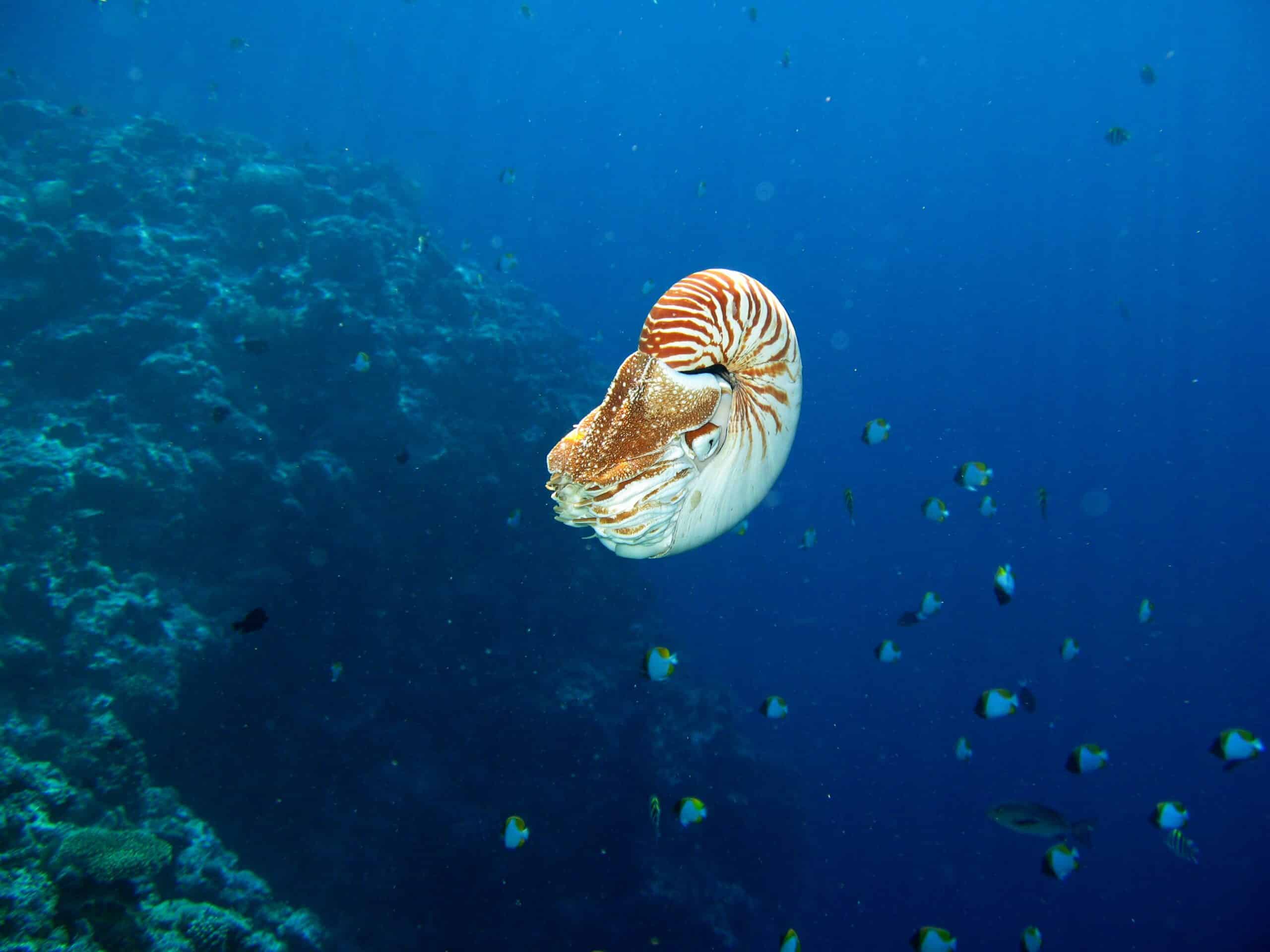
OK, you have probably heard about nautiluses before and likely even seen their amazing shells on display. But, did you know that nautiluses are actually cephalopods? Or that there are six living nautilus species? The Palau Nautilus is a species that is endemic to the small Pacific island nation of Palau. Like all nautilus species it is unique among cephalopods in that it has a shell. This beautiful group of “living fossils” has remained nearly unchanged for millions of years.
Want more great cephalopod content? Head on over to NPR Science Friday for their complete Cephalopod Week coverage.

